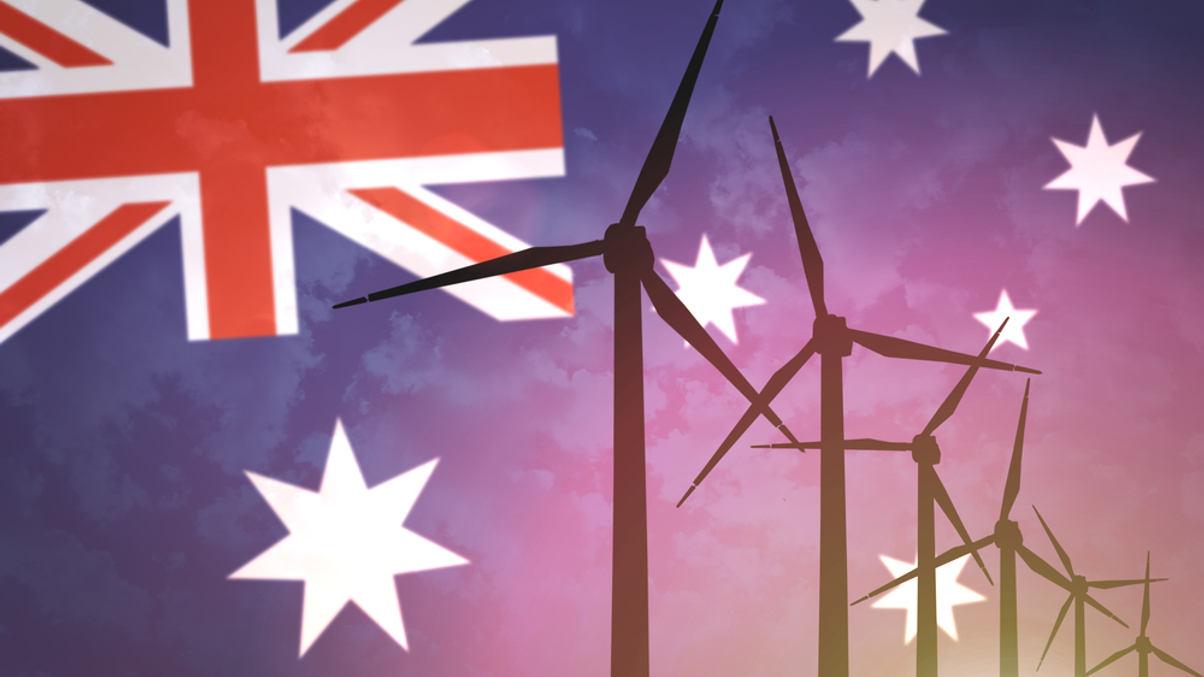QIC: Australian infrastructure an attractive long-term bet
The country’s unique mix of strong policies and resilient infrastructure make it a logical choice for investors looking for long-term stability.

The new policy backdrop in Australia and the resilience of its infrastructure to macroeconomic factors all present an attractive entry opportunity for Asian investors seeking fresh sources of stable long-term yield, according to a Queensland Investment Corporation (QIC) report.
Sign in to read on!
Registered users get 2 free articles in 30 days.
Subscribers have full unlimited access to AsianInvestor
Not signed up? New users get 2 free articles per month, plus a 7-day unlimited free trial.
¬ Haymarket Media Limited. All rights reserved.


